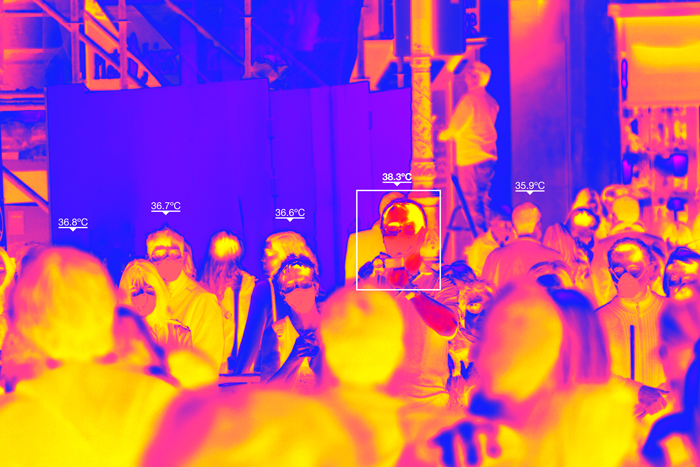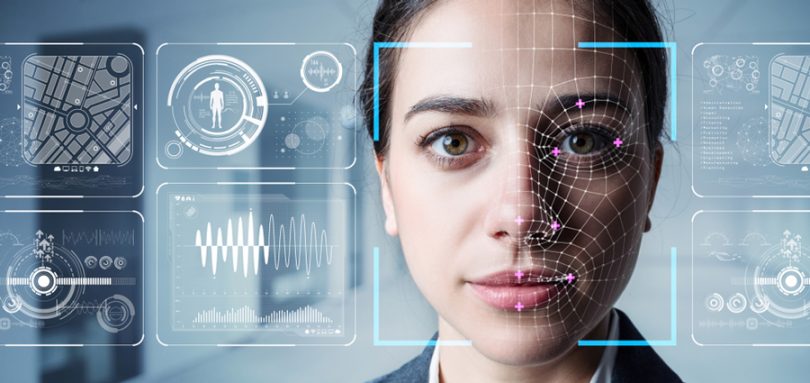Inevitably, COVID-19 has challenged us on how we behave on daily activities, especially for communal facilities. But the silver lining is that it also accelerates our integration with technologies that can assist with such challenges.
What role can smart technologies play to mitigate future shocks?
FAMILIARISE WITH THE TECHNOLOGY
Many buildings have a certain level of in-built intelligence, such as those for lighting, HVAC, security or fire safety. But these days, it is possible to achieve much more from the building data, and ultimately, shape future strategies to make better decisions.
Since hygiene has become one of our top priorities, some of the changes that we have implemented may be temporary, such as limiting occupancy of spaces to maintain physical distancing. This needs to be further enhanced with smart technology, which can be as basic as reducing touchpoints. Technology has also been used for detecting higher temperatures, which helps authorities to create segregation zones and limit contamination.

sdecoret/Shutterstock
In the new (better) normal, smarter buildings are safer buildings in many ways, offering greater transparency about who is in them, how they are used and how well they are functioning. It can support users in several ways, from enabling transparent, data-driven building management to creating a compelling, frictionless experience for the users.
OPPORTUNITY TO OPTIMISE EFFICIENCY, SAFETY AND WELL-BEING
Smart is the new Green. Technology should be a must for modern, sustainable buildings. As the global economy becomes increasingly connected and digitalised, the growing amount of information generated by the Internet of Things (IoT) is complementing new technologies such as Big Data analytics, artificial intelligence and machine learning, creating opportunities to optimise efficiency.[1]
Employers will be able to use smart solutions to limit the number of people coming into the office on any given day. An access control system can also be set up to stop the turnstiles from operating once a certain threshold is reached at peak hours.
Smart building solutions is able to track building systems, maximise efficiency, reduce downtime, and maintain a comfortable, productive environment, regardless of technical experience. These buildings also enhance personal safety, comfort and security. Since a predictive approach anticipates problems before they occur, the structures are less susceptible to shutdowns during peak hours.[2]

OSORIOartist/Shutterstock
Smart solutions can be used for quick fixes, but it has much greater potential as well as a tool to build resilience against future shocks. Biometric and AI-based solutions can transform buildings digitally, which in turn offer higher levels of safety, employee satisfaction, security and efficiency. Other than the technological aspect, smart buildings can also increase occupants—especially employees—motivation and reduce anxiety about working in a shared space[3], so they can stay focus and perform well at work. — Construction+ Online
[1] ‘How Smart Technology Is Enabling the Next Stage of Human Evolution’ on Bloomberg.com
[2] ‘Smart Buildings: Improving Sustainability and Energy Efficiency’ on ClevAir
[3] ‘Can Smart Save the Post-Covid Office?’ by WSP
Disclaimer: Construction+ makes reasonable efforts to present accurate and reliable information on this website, but the information is not intended to provide specific advice about individual legal, business, or other matters, and it is not a substitute for readers’ independent research and evaluation of any issue. If specific legal or other expert advice is required or desired, the services of an appropriate, competent professional should be sought. Construction+ makes no representations of any kind and disclaims all expressed, implied, statutory or other warranties of any kind, including, without limitation, any warranties of accuracy and timeliness of the measures and regulations; and the completeness of the projects mentioned in the articles. All measures, regulations and projects are accurate as of the date of publication; for further information, please refer to the sources cited.
Hyperlinks are not endorsements: Construction+ is in the business of promoting the interests of its readers as a whole and does not promote or endorse references to specific products, services or third-party content providers; nor are such links or references any indication that Construction+ has received specific authorisation to provide these links or references. Rather, the links on this website to other sites are provided solely to acknowledge them as content sources and as a convenient resource to readers of Construction+.

 Malaysia
Malaysia Singapore
Singapore Indonesia
Indonesia Tiếng Việt
Tiếng Việt ประเทศไทย
ประเทศไทย










